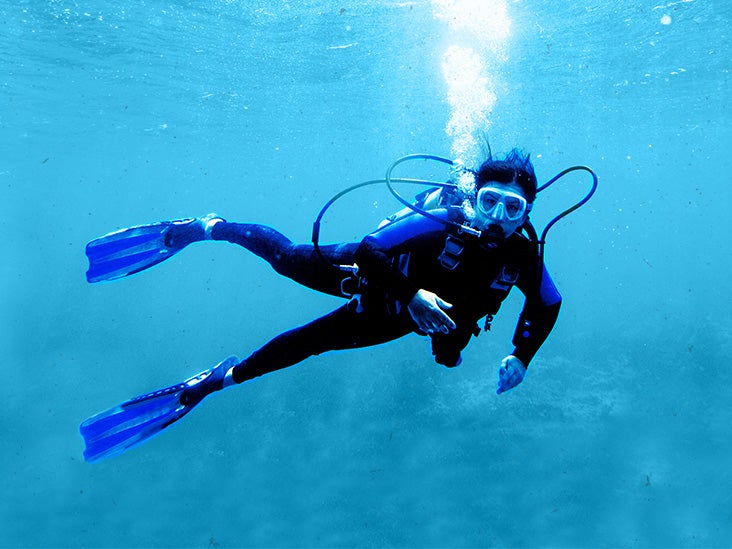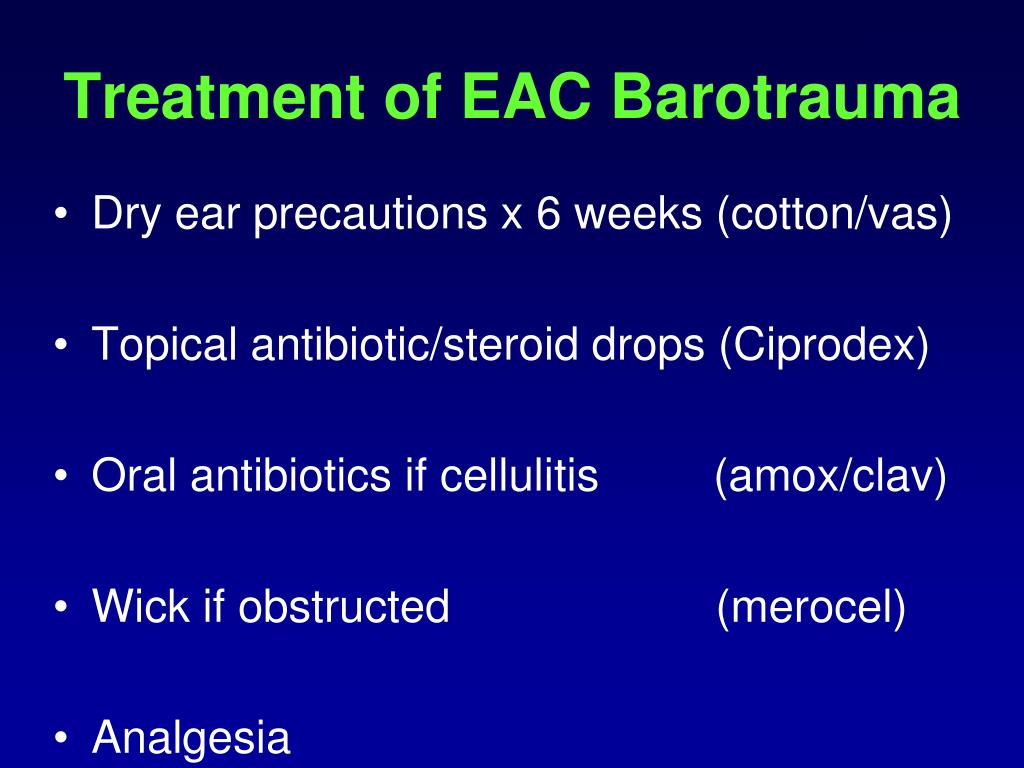

However, limiting alveolar pressure appears to be the most effective way of preventing barotrauma suggesting that high alveolar pressures play a dominant role in alveolar rupture. These phenomena are interrelated when one considers tidal volume in relation to functional residual capacity (strain) and airway pressure in relation to pleural pressure (stress). (See "Noninvasive ventilation in adults with acute respiratory failure: Benefits and contraindications".)Įlevated pressures - Barotrauma refers to trauma induced by high pressures, while volutrauma refers to injury induced by overdistension of the lung during mechanical ventilation. However, such instances are rare probably because airway pressures associated with NIV are lower when compared with invasive mechanical ventilation.

The mechanism of barotrauma in patients who receive noninvasive ventilation (NIV), which also delivers positive pressure, is likely similar. The interstitial air can then dissect along the perivascular sheaths toward the pleural space, mediastinum, peritoneum, and/or skin, leading to pneumothorax, pneumomediastinum, pneumoperitoneum, and/or subcutaneous emphysema, respectively ( figure 2 and image 1). Alveolar rupture allows air from the alveolus to enter the pulmonary interstitium. Positive pressure ventilation causes barotrauma by increasing transalveolar pressure (ie, alveolar pressure minus the pressure in the adjacent interstitial space), which results in alveolar rupture. In contrast, invasive mechanical ventilation involves the delivery of positive pressure. The normal respiratory cycle during spontaneous breathing is dependent upon negative pressure. Positive pressure ventilation - All patients on mechanical ventilation are at risk of barotrauma. Mechanisms involve spontaneous rupture of alveoli and direct injury ( figure 1).Īlveolar rupture - Processes that underlie alveolar rupture are ventilator-related and/or disease-related. PATHOGENESIS AND RISK FACTORS - The possible mechanisms and etiologies associated with barotrauma are listed in the table ( table 1). In another meta-analysis of 14 trials of patients with ARDS (2270 patients), the incidence of barotrauma ranged from 0 to 49 percent, but was 12 percent in one prospective cohort included in the analysis.The incidence varied according to the reason for mechanical ventilation: chronic obstructive pulmonary disease (3 percent), asthma (6 percent) chronic interstitial lung disease (ILD 10 percent), ARDS (7 percent), and pneumonia (4 percent).

In a multicenter prospective cohort study of 5183 mechanically ventilated patients, the incidence of pulmonary barotrauma was 3 percent.(See "Ventilator management strategies for adults with acute respiratory distress syndrome".) In two randomized trials of low tidal volume ventilation for patients with acute respiratory distress syndrome (ARDS), the rate of barotrauma was approximately 10 percent in all study groups.Since the application of low tidal volume ventilation in the mid-2000s, the rate may now be on the lower end of this range (approximately 10 percent or less). (See 'Direct injury' below.)ĮPIDEMIOLOGY - The incidence of barotrauma during mechanical ventilation varies with the underlying indication for mechanical ventilation but ranges from 0 to 50 percent. Thus, they will be included in this topic for the purposes of discussion. (See 'Alveolar rupture' below and 'Diagnostic evaluation and management' below.)Īlthough not true barotrauma, direct injury to the alveolar or pleural space (eg, from chest trauma or biopsy) results in conditions that present and are managed similarly. Pulmonary barotrauma from invasive mechanical ventilation refers to alveolar rupture due to elevated transalveolar pressure (the alveolar pressure minus the pressure in the adjacent interstitial space) air leaks into extra-alveolar tissue resulting in conditions including pneumothorax, pneumomediastinum, pneumoperitoneum, and subcutaneous emphysema. (See "Clinical and physiologic complications of mechanical ventilation: Overview".)ĭEFINITION - Barotrauma is physical damage to body tissues caused by a difference in pressure between a gas space inside the body and its surrounding external environment. Additional complications of mechanical ventilation are described separately. The prevention, diagnostic evaluation, and management of pulmonary barotrauma are discussed in this topic review. Thus, it is important that clinicians prevent, recognize, and promptly manage barotrauma in this population. Pulmonary barotrauma may be associated with increased mortality and in some circumstances it may be life-threatening.

It is most often due to alveolar rupture resulting in the release of air into extra-alveolar locations. INTRODUCTION - Pulmonary barotrauma can complicate mechanical ventilation.


 0 kommentar(er)
0 kommentar(er)
